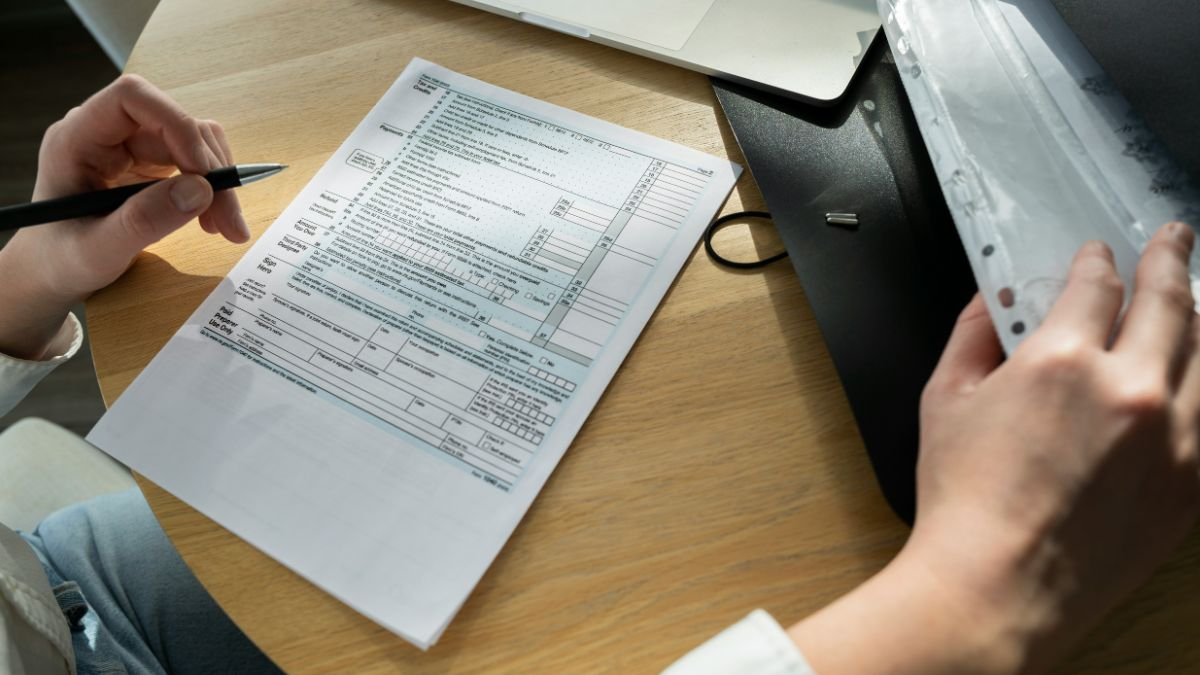The IRS Form 1138 is designed to provide you with helpful extension on tax payments particularly, corporations facing losses, but it requires that you pay attention to every detail and timing. Ensure that you meet all the eligibility requirements by the IRS and file early to maximize the benefits you can get from this extension.
What is IRS Form 1138?
IRS Form 1138, officially called the “Extension of Time for Payment of Taxes by a Corporation Expecting a Net Operating Loss Carryback,” is a form that corporations use to request a tax payment extension. The goal here is to provide financial relief to corporations that anticipate a net operating loss (NOL) for the current year, which they intend to carry back to offset the taxable income from the previous year. In other words, Form 1138 allows these corporations to defer certain tax payments until they can apply the upcoming year’s losses to lower their previous year’s tax obligations.
Who is eligible to file IRS Form 1138?
It is required in corporations that anticipates a Net Operating Loss (NOL). If your corporation expects an NOL this year, you might be able to use the extension in the postponement of your tax obligations that may be incurred for the previous financial year. Corporations engaged in certain activities, such as farming or certain lines of insurance, may also have special eligibility or carryback provisions, so it is best to contact a tax expert or refer to IRS instructions regarding net operating losses.
IRS confirms tax extension deadline if you were hit by this year’s hurricanes
How to fill out IRS Form 1138
There are certain procedures that you must follow when completing Form 1138. Below is a simple step-by-step guide to help you go through the process easily:
- Basic information: Begin by providing a bit of your details which include your name and address of your corporation, your Employer Identification Number that is, the EIN, the tax period that is being claimed and so on.
- Expected NOL amount: Assess and input the expected net operating loss figure for the present tax period as a result of operations and projections within the company itself.
- Tax payment postponement: Fill in the figure that represents the decrease in tax for the previous year’s tax liability which is expected to be carried back. This reduction represents the tax payments that you intend to carry out its postponement using the form 1138.
- Documentation: Since the IRS may require more information to support the projected NOL and its underlying calculation, it is also a good idea to include such supporting papers as P and L or other financial information to show the current position of your corporation.
Where to file IRS Form 1138
After finalizing Form 1138, send it to the IRS Service Center where your company regularly submits their tax returns. Either way you can submit it on its own or together with IRS Form 7004, which is for requesting extension to file other corporate tax returns. Also, in case you file Form 1138 together with Form 7004, you may be required to reduce the tax deposits you would otherwise have to pay when filing for tax returns.
When to file IRS Form 1138
You need to file Form 1138 early in the tax year before the tax payment for the previous year. This timing helps the IRS in accepting your extension request based on projected losses which are due not any tax payment. If filed early, you may also receive from the IRS an approval of your application including any further requirements.
Tips for filing IRS Form 1138
- Review eligibility: Only corporations expecting an NOL can benefit from this form, so confirm eligibility requirements before you begin.
- Verify all your calculations: Because this form involves projecting a net operating loss (NOL), you will want to make certain that your calculations are correct to the highest degree feasible.
- Maintain supporting papers: In case the middle revenue service requires submission of documentation they will keep, it is advisable to keep all financial documents safe and orderly.
